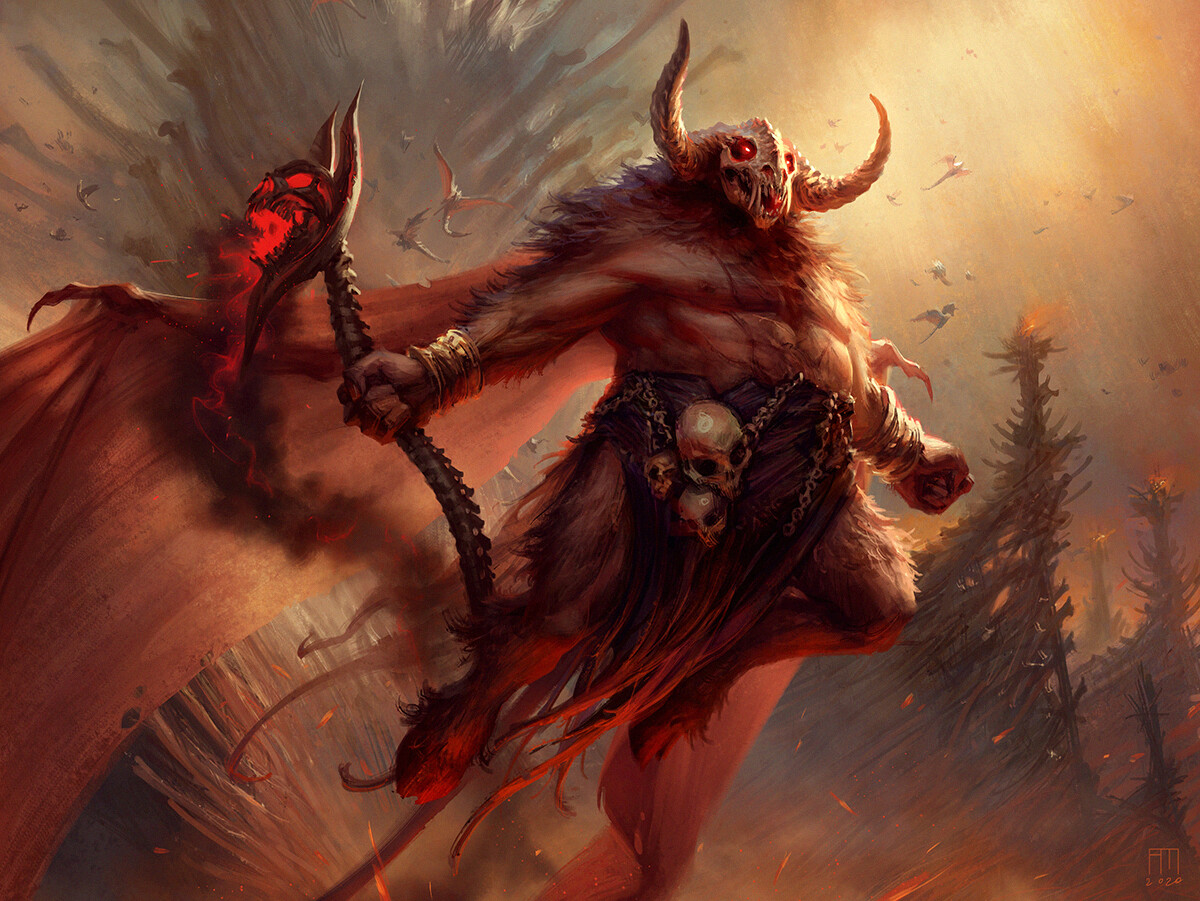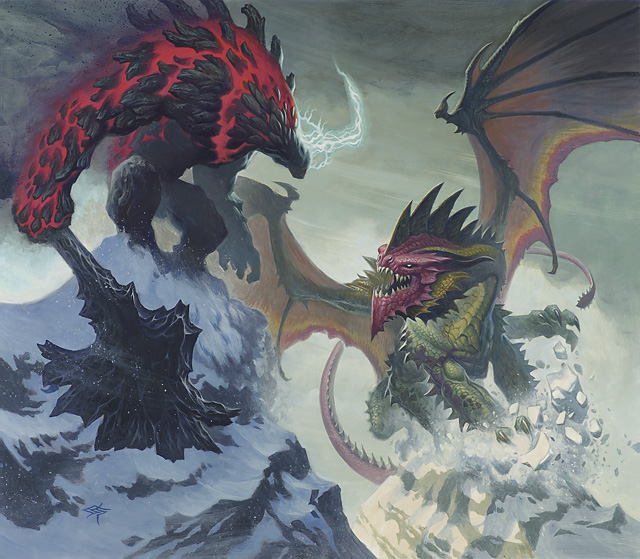

Reading through the deity descriptions in Sword Coast Adventurer's Guide, the power level differences appear to be less pronounced compared to earlier editions. Ubtao's faith is strong only around Chult. The first three of these can be considered similar to (or weaker than) Kossuth, as they are all elemental powers. Note: The divine rank for a few greater deities is not listed: Akadi, Grumbar, Istishia, and Ubtao. Rank 17: Bane, Cyric, Kossuth, Lathander, Tempus (I assume this is again not an ordinary count, but a collective effective measure.) I list below the divine ranks of greater deities from F&P: Quoting F&P, greater deities "have millions of mortal worshipers", whereas the intermediate ones "have hundreds of thousands". So the "big" guys are the greater powers, with divine ranks in the range 16–20. So the divine rank from F&P should give you an idea.Īccording to F&P, a divine rank of 21+ is only for an overdeity (like Ao), and such deities are not interested in mortal affairs. While 4e has changed a lot of things about the FR pantheon, 5e appears to be a very strong return to the flavor of 3e FR, with dead or missing deities returning to pretty much to how they were in 3e (or even 2e). Beyond the demi-lesser-intermediate-greater categorisation that appears in most editions of D&D, this book also defines a "divine rank, which is similar to a character's level". So again, it is unlikely that the greater deities would gang up against the lesser ones.īut if we leave aside the motivation for your question, and focus on the power of each deity from a pure mechanical point of view (as power correlates strongly with the collective amount of worship received), there is one source that provides the information you are asking for: 3e sourcebook Faiths & Pantheons (F&P). Actually, F&A also provides a rough answer to the following question: Given that the power of the deities come from their followers, why do the greater gods let the lesser ones live? (1) Greater powers protect them against other greater powers (2) Weaker deities pay some amount of divine power to the greater deities, willingly or through extortion. Hence an alliance of greater gods against the lesser ones again seems unlikely. Deneir, Gond, Lliira and Milil serve Oghma, etc. For example, Mystra has Velsharoon, Azuth and Savras serving her. Hence an inquisition like the one you describe in your question does not sound very likely on Faerûn. What matters to a particular Realms power is not that a follower worships someone else - most everyone in the Realms worships several someone elses - but rather which other powers are venerated and which are appeased, and how serious a person's offerings and worship are to other deities.

Quoting from the 2e sourcebook Faiths & Avatars (F&A): You might have a patron deity, but you might still pray to another on particular occasions. Any story told about Brandobaris’ adventures is a sermon to him, and his own protect each other.The number of worshippers is not necessarily countable: the polytheism of the Realms is such that people venerate many members of the pantheon. He and his followers seek out adventure and fun with their antics, instead of wealth and gold. He may be a god of thieves, but Brandobaris serves primarily as inspiration for the good that young halflings can make with their mischief. During the Time of Troubles, when many deities including Yondalla disappeared, Sheela took over the role as head of the pantheon.īrandobaris, God of Trickery, Mischief, and Thievesīrandobaris, Misadventure, is all the worst big folk stereotypes about halflings made manifest – and also made good. If there is any structure of authority within the Pantheon (and it isn't often enforced), Sheela is Yondalla's second, perhaps because of their close association as nature goddesses. Outside of her role in the halfling pantheon, she is often called in as a mediator for other gods. She might be best determined, then, as a goddess of balances. In that position, she also has domain over love (in the balance between wild lust and gentle affection) and weather (in the balance between heavy storm and deadly drought). In truth, she is largely concerned with maintaining the delicate balance between the two. A somewhat ambiguous goddess, Sheela Peryroyl, the Green Sister, is worshiped as a goddess of both agriculture and wild nature.


 0 kommentar(er)
0 kommentar(er)
